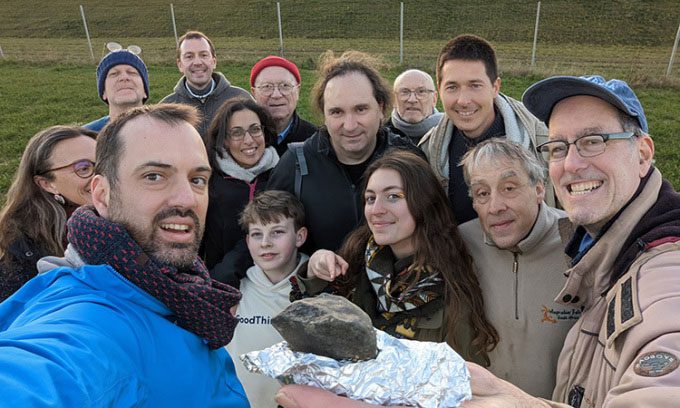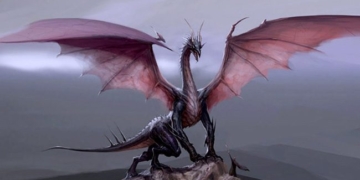Eighteen-year-old volunteer Loïs Leblanc discovered a fragment of a meteorite that broke off from asteroid 2023 CX1 (Sar2667) while searching in northern Rouen, France.
The asteroid 2023 CX1, also known as Sar2667, became a fireball as it streaked through Earth’s atmosphere. (Video: Space)
The 1-meter-wide asteroid 2023 CX1 plunged into the atmosphere and ignited over Europe at 10 AM on February 13 (Hanoi time), just a few hours after astronomer Krisztián Sárneczky discovered it using a telescope.
“I spotted this small object during my routine search for near-Earth objects (NEOs). I immediately knew this was a NEO. It wasn’t moving too quickly across the sky, heading straight towards us and appeared quite blurry,” Sárneczky stated on February 13. This was not the first time Sárneczky issued an early warning about a fireball; this professional asteroid “hunter” had done the same in March 2022.
The American Meteor Society (AMS) received over 70 reports of the fireball on February 13 from various locations across Europe, including the UK, France, Belgium, and the Netherlands. The detection of 2023 CX1 just hours before it struck Earth marks the seventh time astronomers have accomplished this in the history of asteroid monitoring, according to the European Space Agency (ESA).

Meteorite fragment found in France. (Photo: Vigie-Ciel)
The Vigie-Ciel volunteer group announced Leblanc’s discovery on February 16 via social media platform Twitter. Vigie-Ciel, along with the FRIPON project, collaborates with several scientific organizations in France, including the Paris Observatory and the University of Paris-Saclay, to work in the field of space.
Leblanc discovered the meteorite fragment by noticing a dark rock lying on the ground in a field in the town of Saint-Pierre-le-Viger. Vigie-Ciel plans to survey the area and coordinate with local residents to search for additional meteorite fragments.
Most fireballs are harmless, and fragments rarely fall to the ground. However, NASA, ESA, and many other organizations continue to monitor the sky 24/7 to detect any asteroids approaching Earth’s orbit.


















































